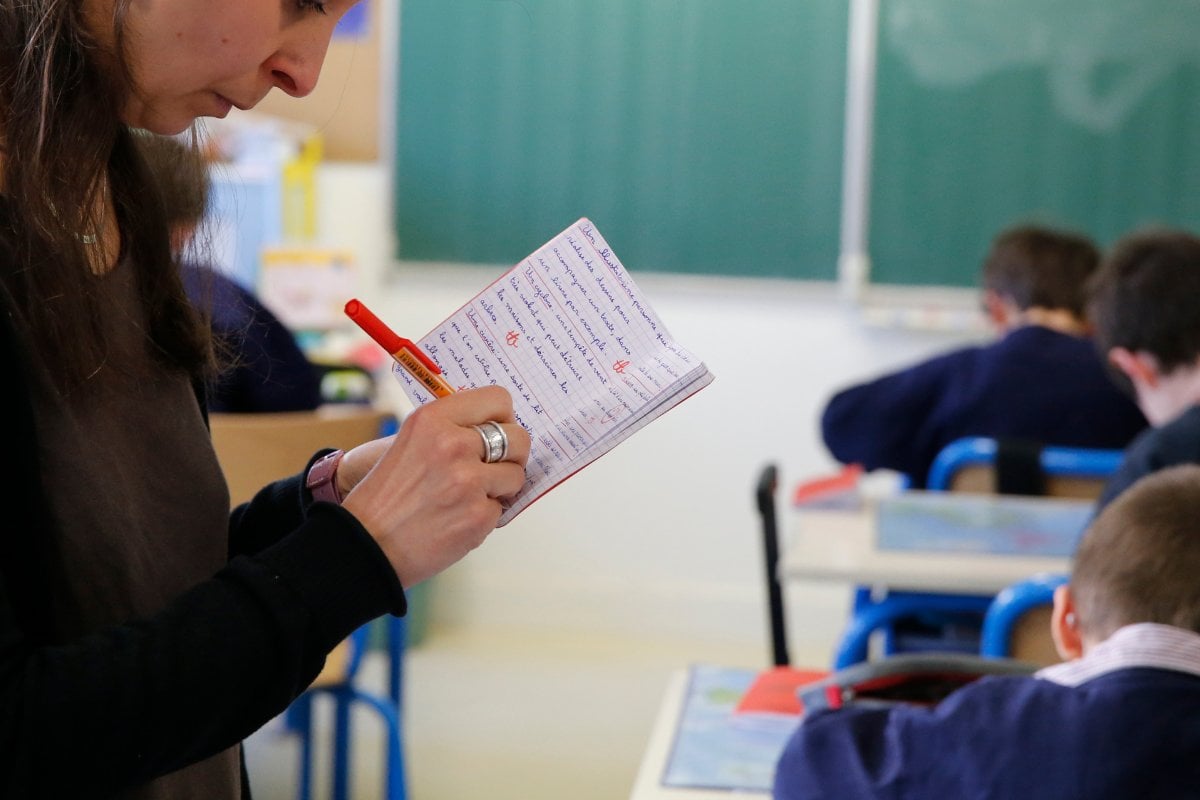
In 2019, the agent I used to complete my tax return questioned me. They wanted to know why I had suddenly claimed almost double my usual work-related expenses – from $3500 to $6000.
I sent them a photograph of the receipts, an itemised list and an explanation. Here's the explanation:
"I'm a teacher.
"I have been a high school teacher for the past decade. But in the financial year in question, I switched to a primary school. And I'm back in a secondary setting now, in part because I can't afford the financial (or emotional) load of working in a school with many (amazing) disadvantaged young children."
Here are some of the work-related items I spent my personal money on in just that one tax season:
Let's begin with the largest single expense of the year: a $250 vacuum. Now you might be wondering why I didn't use the class budget for this. It's because I didn't want to share the vacuum with anyone else. Any purchases made using school funds are for everyone to share – but I'd learned from experience that once you let your vacuum go for a walk with a student from another room, it never comes back the same. Add on to that: $10 bike lock for the vacuum. Because you don't want it used on your absent days or when you're not looking, for the same reasons.
Watch: The things teachers do behind the scene. Post continues after video.

Top Comments